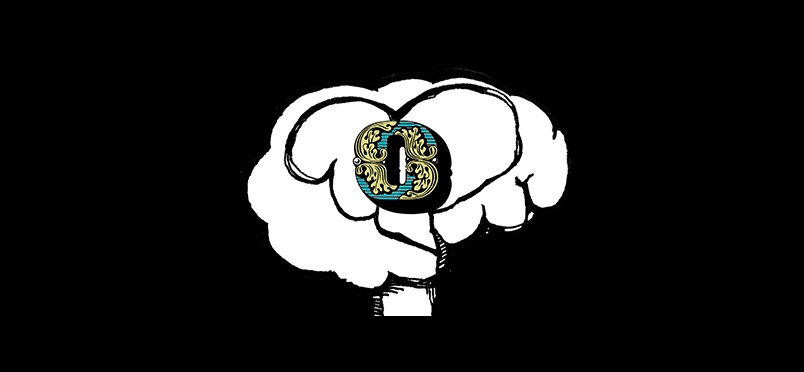| naloxone
Most in Need Least Likely to Receive?

<2% of High Dose Opioid Users Filled Naloxone Prescription
Newswise — Only a tiny minority of people at risk for an opioid overdose actually are prescribed a drug that could save their lives, a new study suggests. And the odds of having a dose of the rescue drug were very low among some of the most at-risk groups, including those who had already survived a previous opioid overdose.
In all, less than 2% of people who had at least one of the main risk factors for opioid overdose had filled a prescription for the life-saving drug naloxone by the last 6 months of the study period. Naloxone prescribing may be missing a large proportion of those at highest risk, the authors say.
Naloxone can help reverse an overdose of any type of opioid, from prescription pain medicines to heroin.
The new study, performed by a team from the University of Michigan and VA Ann Arbor Healthcare System, is published in the Journal of General Internal Medicine. It uses data from a national sample of people covered by private health insurance.
National guidelines issued in 2016 by the Centers for Disease Control and Prevention call for physicians to prescribe naloxone to anyone who takes high doses of opioid pain medicine and to anyone who has other major overdose risk factors including a history of opioid use disorder or opioid overdose. People who take opioids at the same time they’re taking a type of sedative called a benzodiazepine should also receive it, because the two drugs can interact.
Opioid overdose can occur when someone takes too much of an opioid-containing drug accidentally or on purpose, or when an opioid interacts with another prescription drug, alcohol or an underlying health condition. Naloxone, given by injection or nasal spray, can reverse the effects of the opioid.
Rising, but still low, rates
While the new study shows that naloxone prescription fills by adults with private health insurance rose during the study period from January 2014 to mid-2017, the percentage of patients receiving it was still very low.
Only 1.6% of those taking high doses of prescription opioids had filled a naloxone prescription in the last six months of the study period, and the percentage was no higher for those who had already survived an opioid overdose or had a formal diagnosis of opioid use disorder, some of the most concerning risk factors for overdose.
“Over the course of the entire study period, we also found that although both high-dosage opioid prescriptions and having an opioid use disorder were associated with receiving naloxone, the same wasn’t true for those with a history of overdose or those with other substance use disorders,” she explains. “Further work is needed to help guide naloxone prescribing to patient populations at highest risk for overdose.”
Lin notes that during the study period...
For more news about naloxone, click here.
Read the full press release.
Did you enjoy this article?
Subscribe to the PAINWeek Newsletter
and get our latest articles and more direct to your inbox